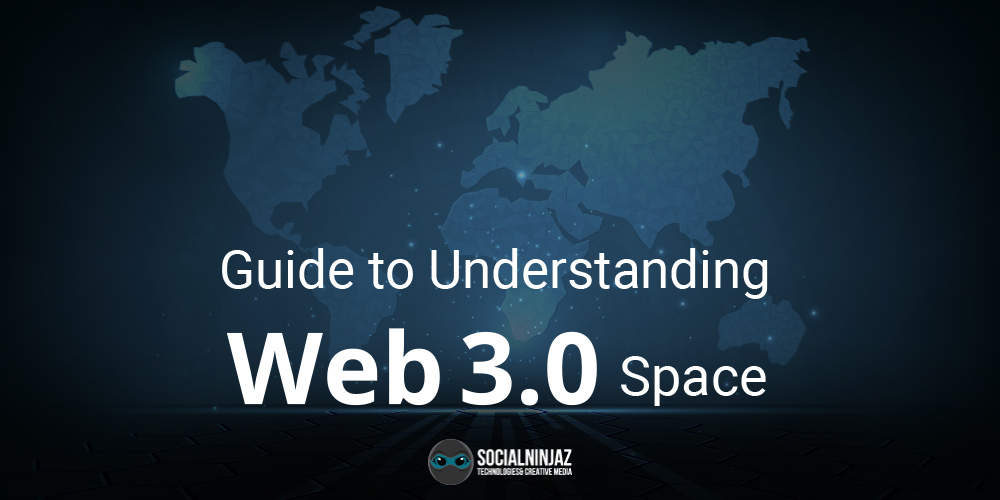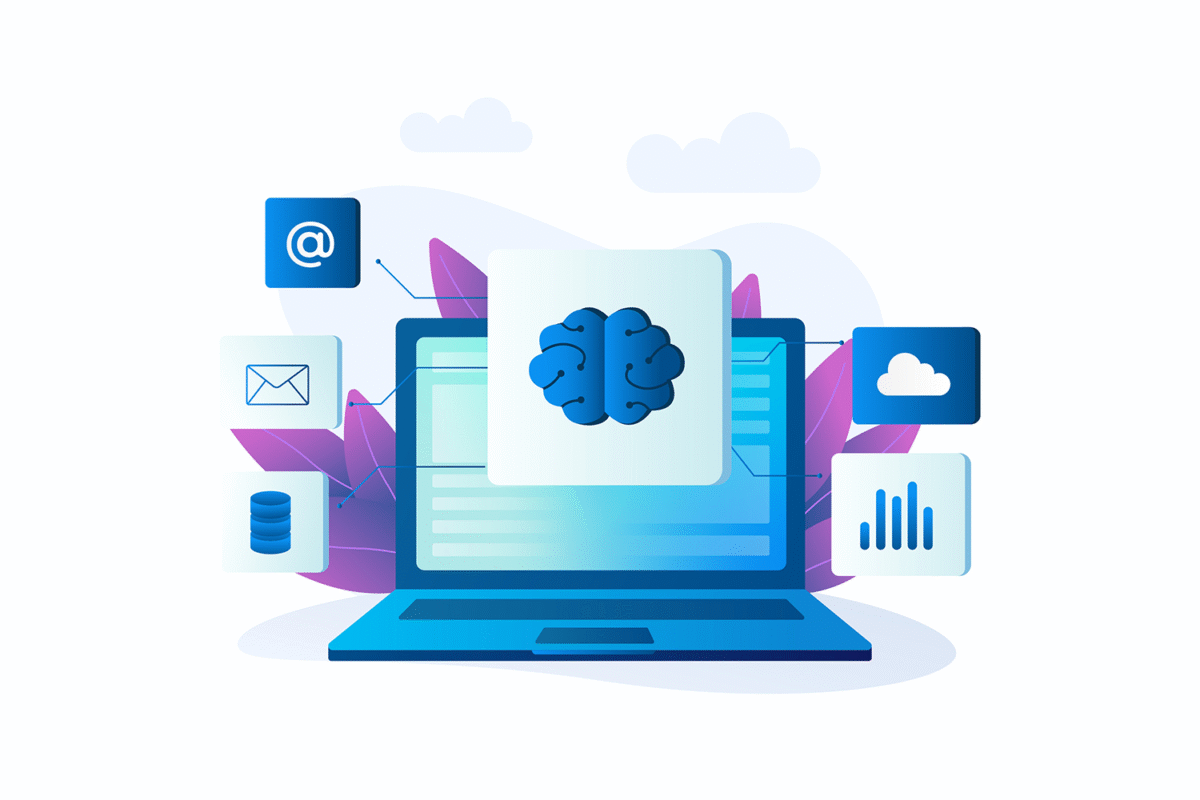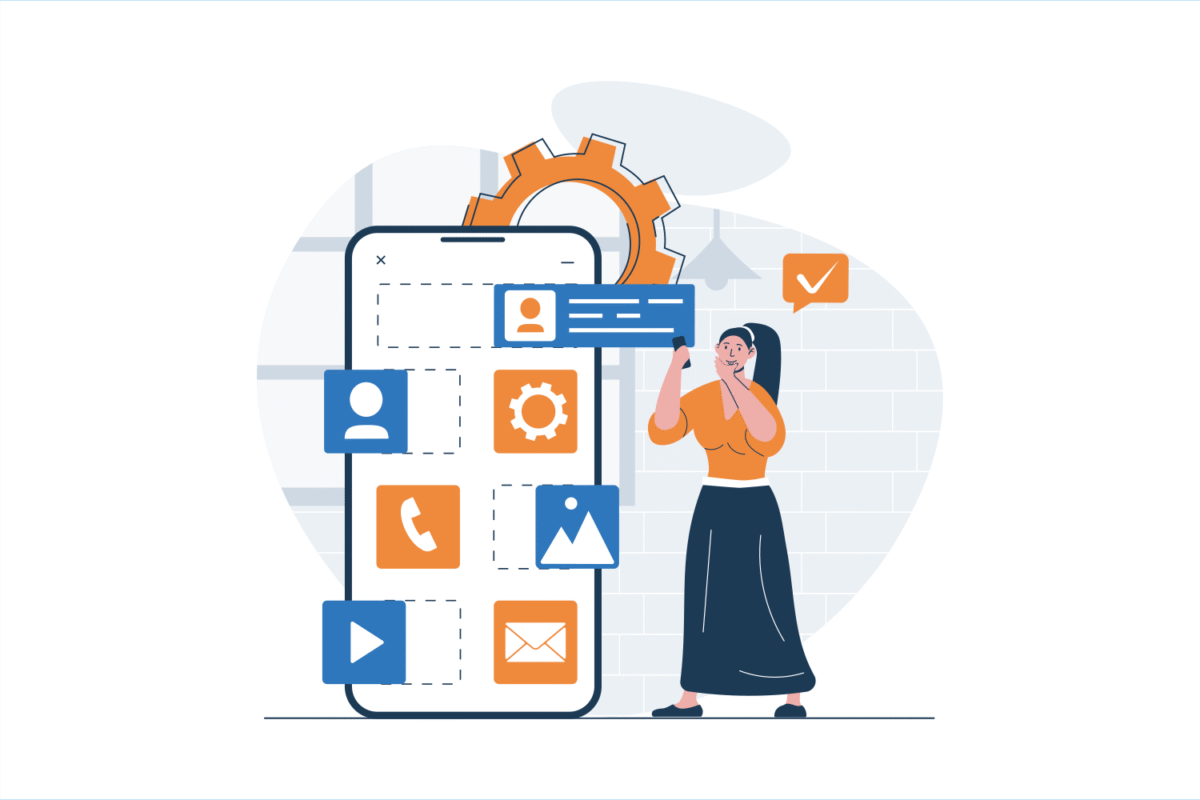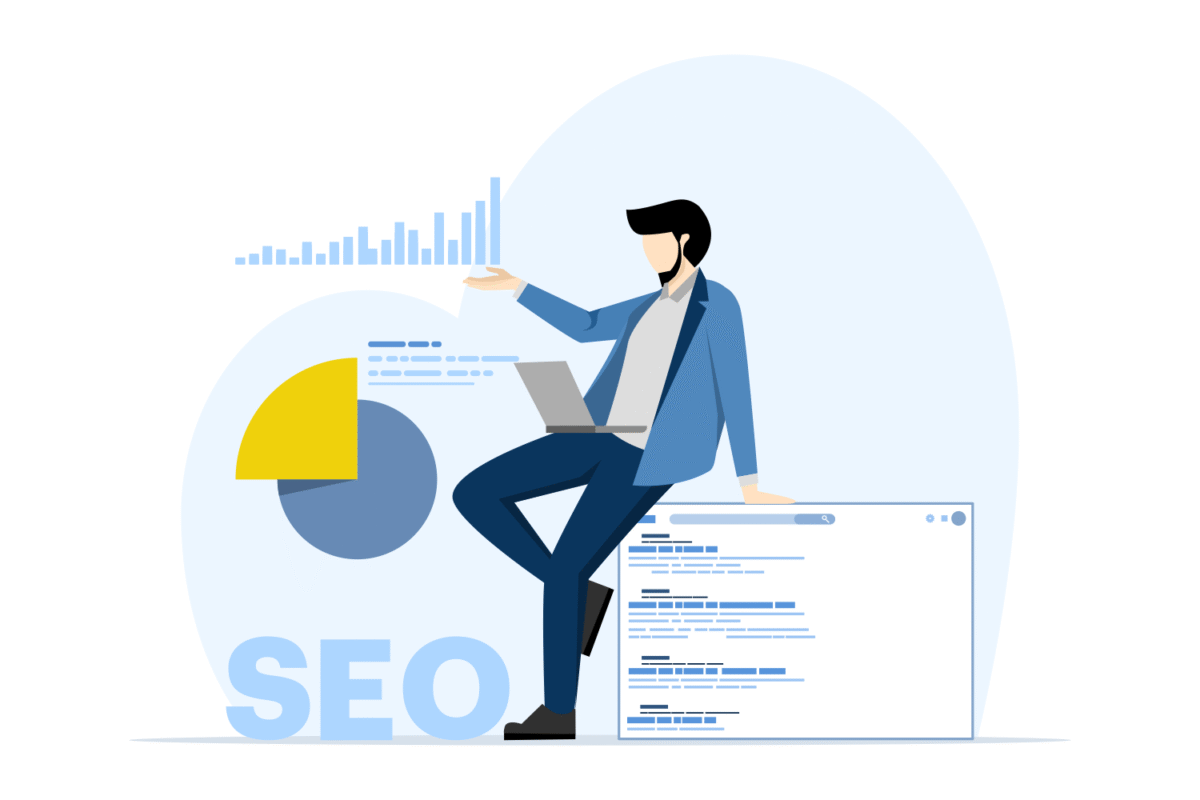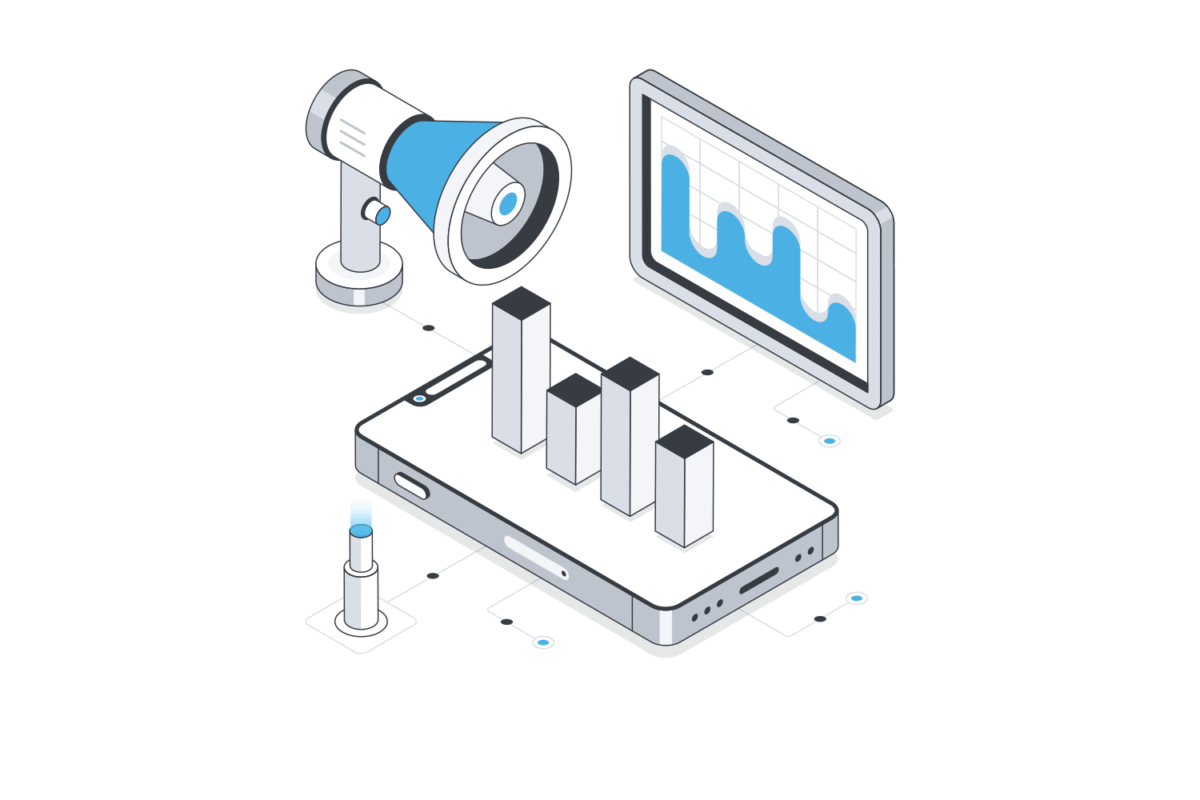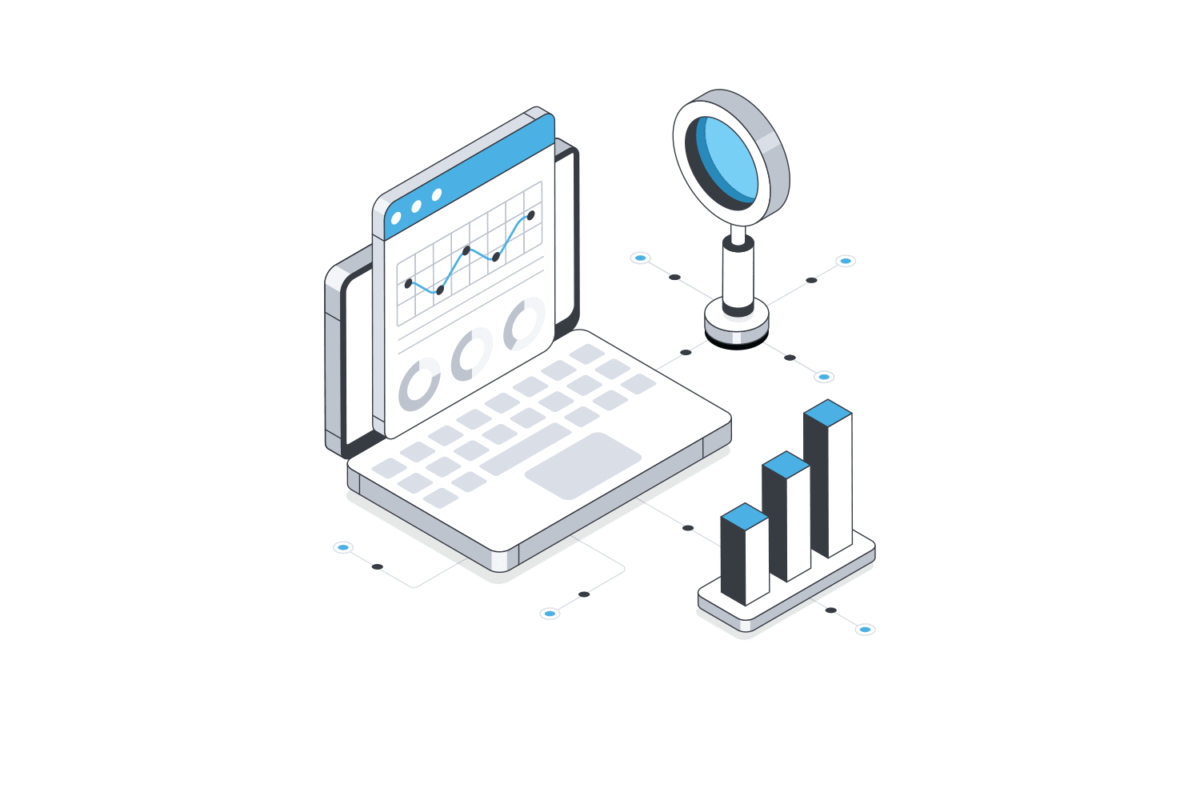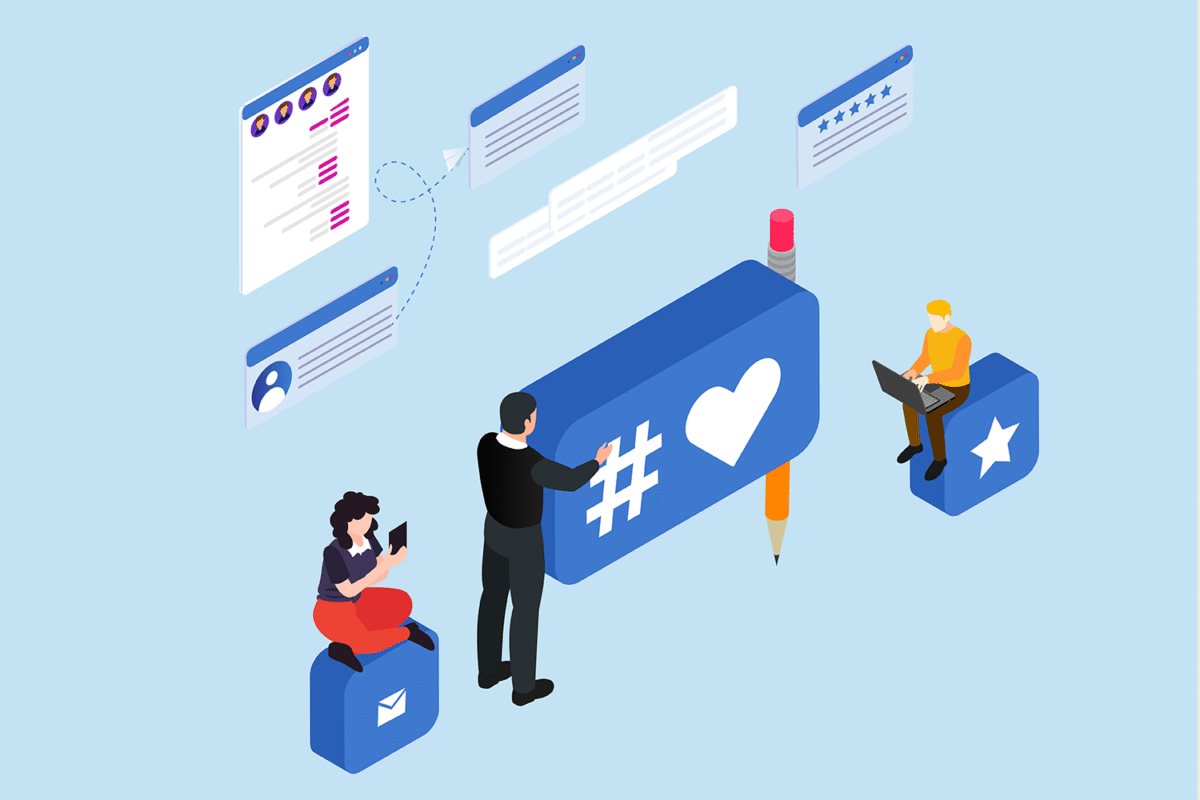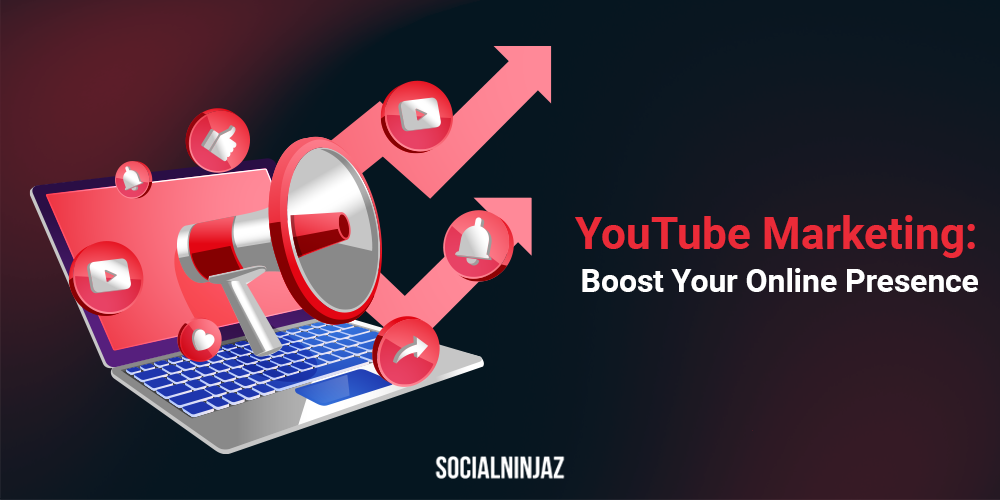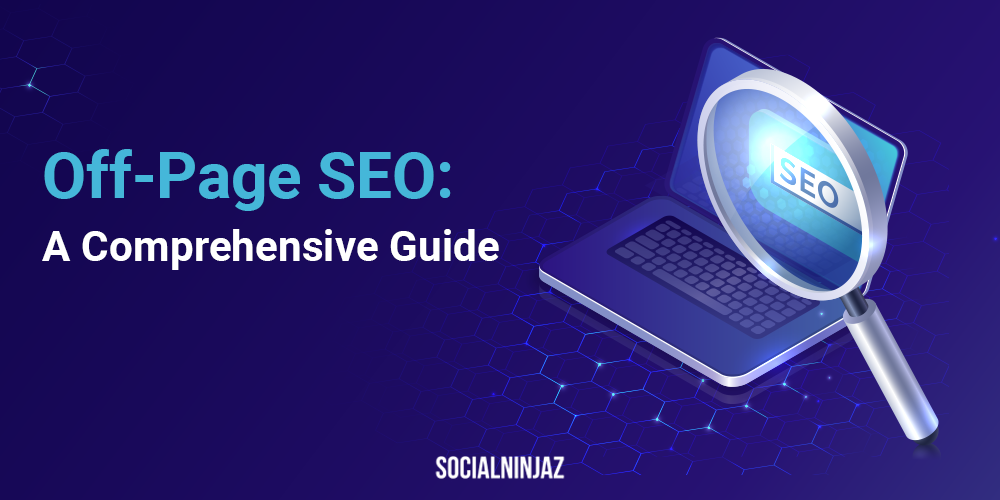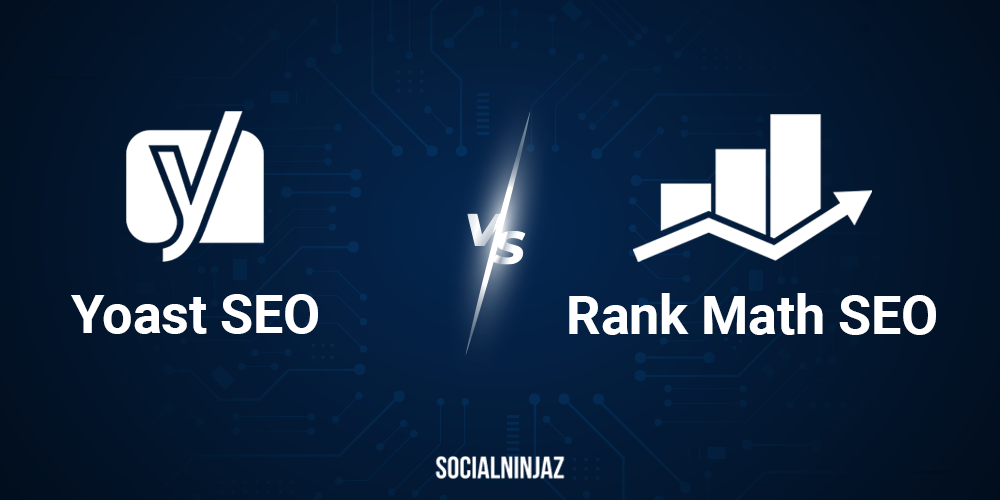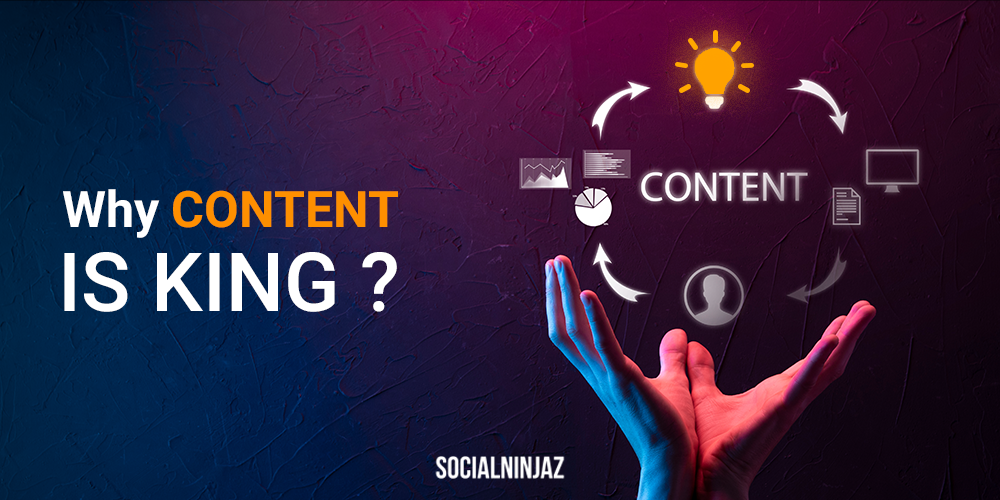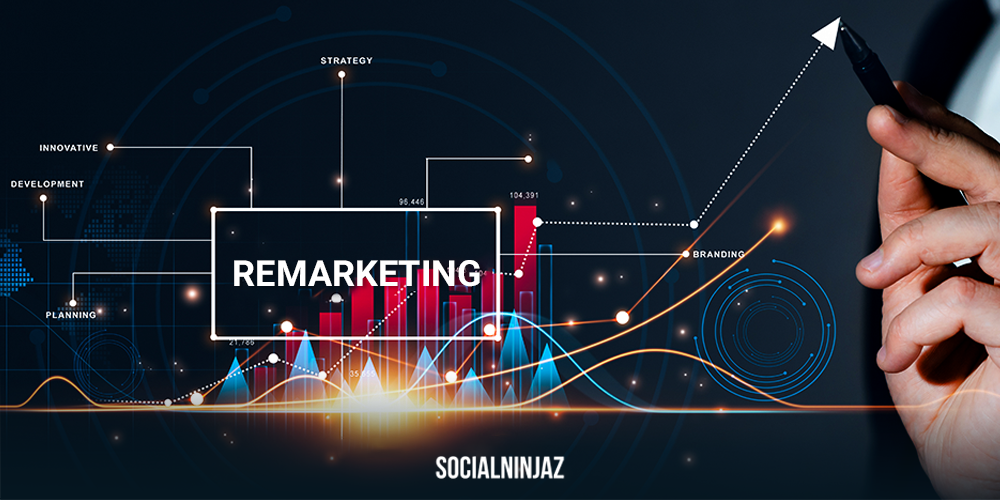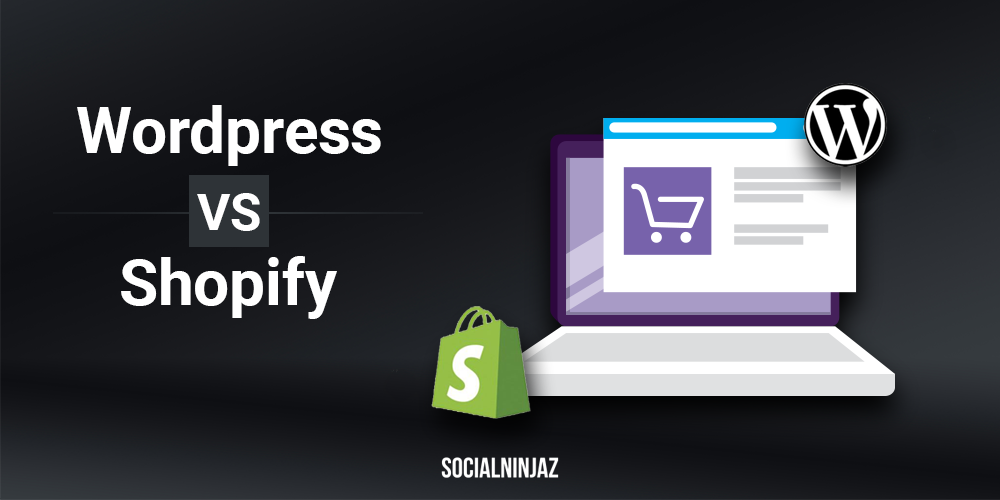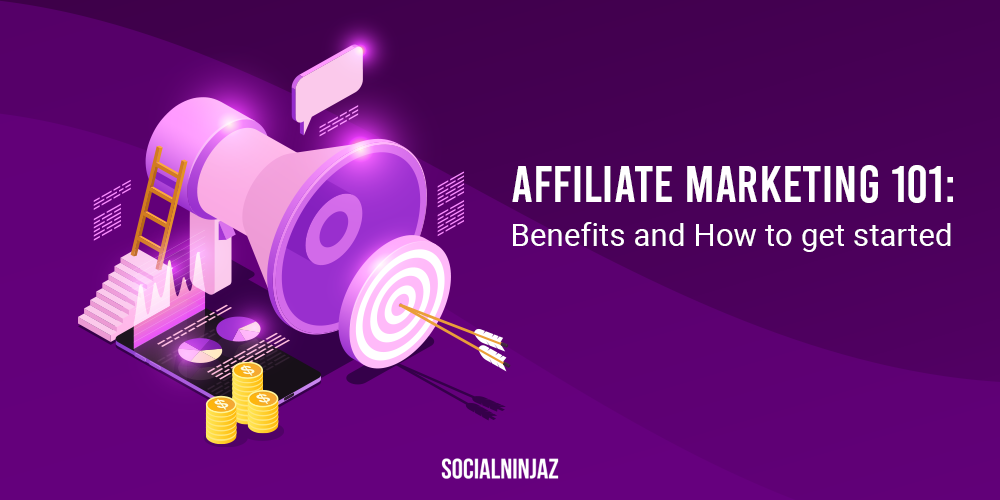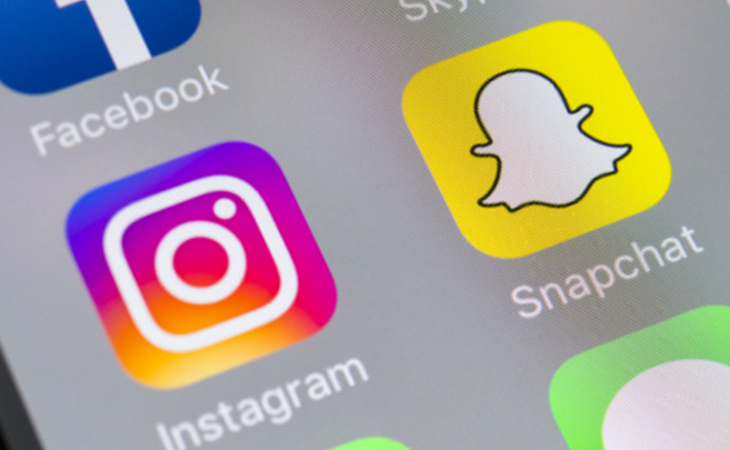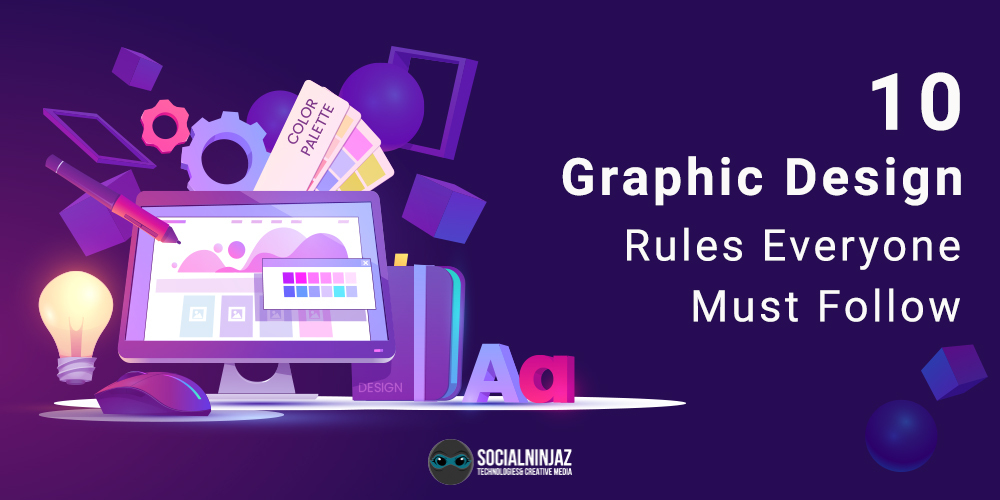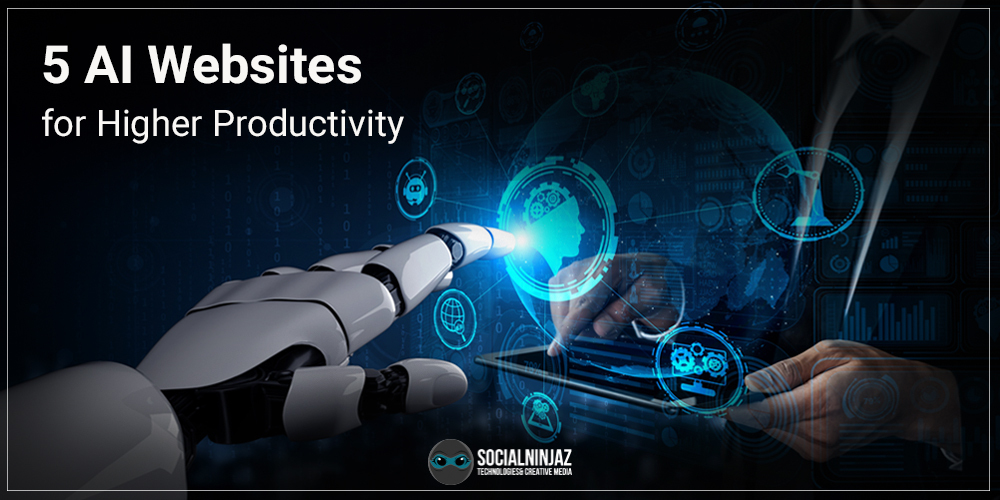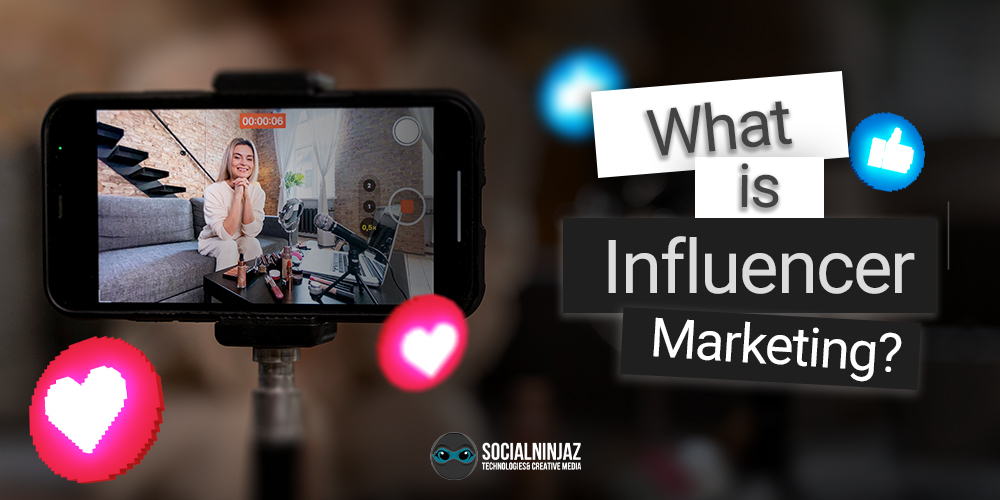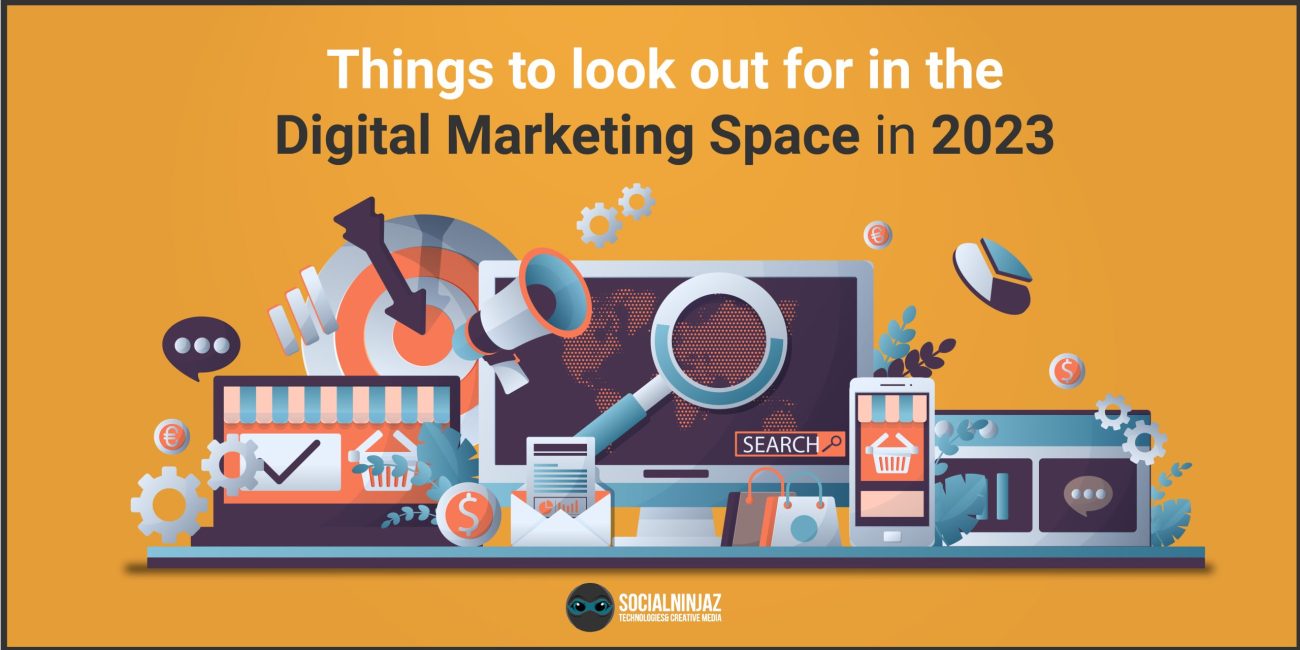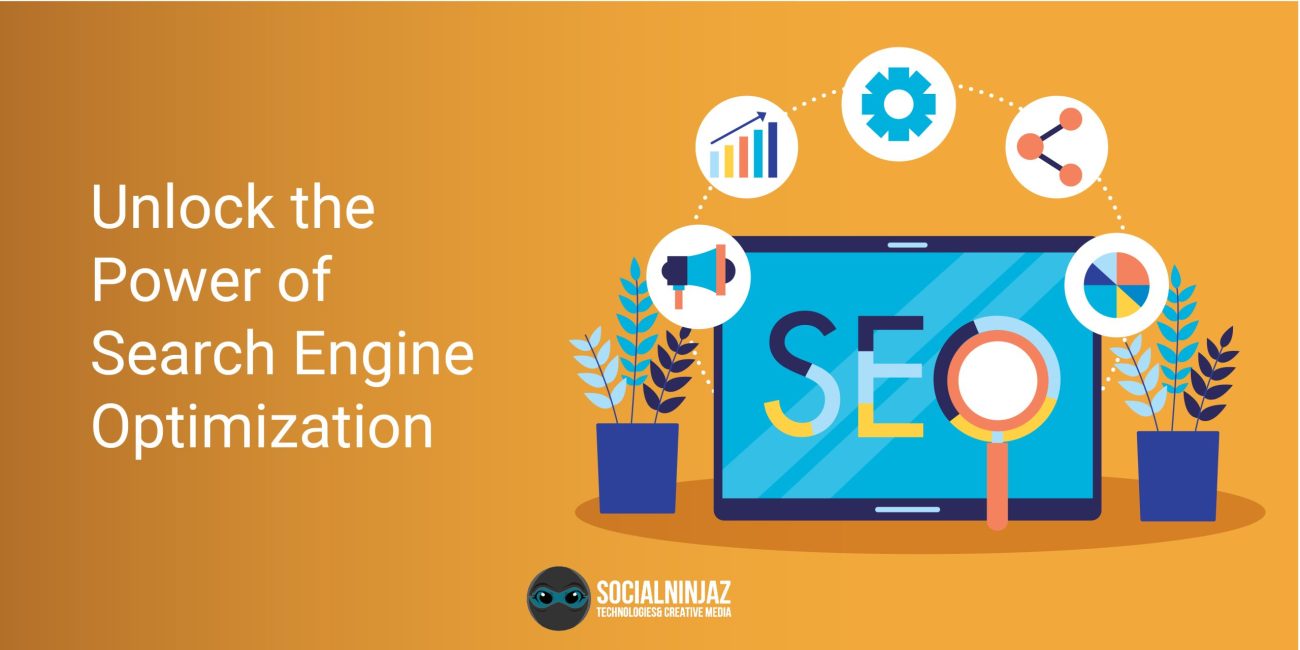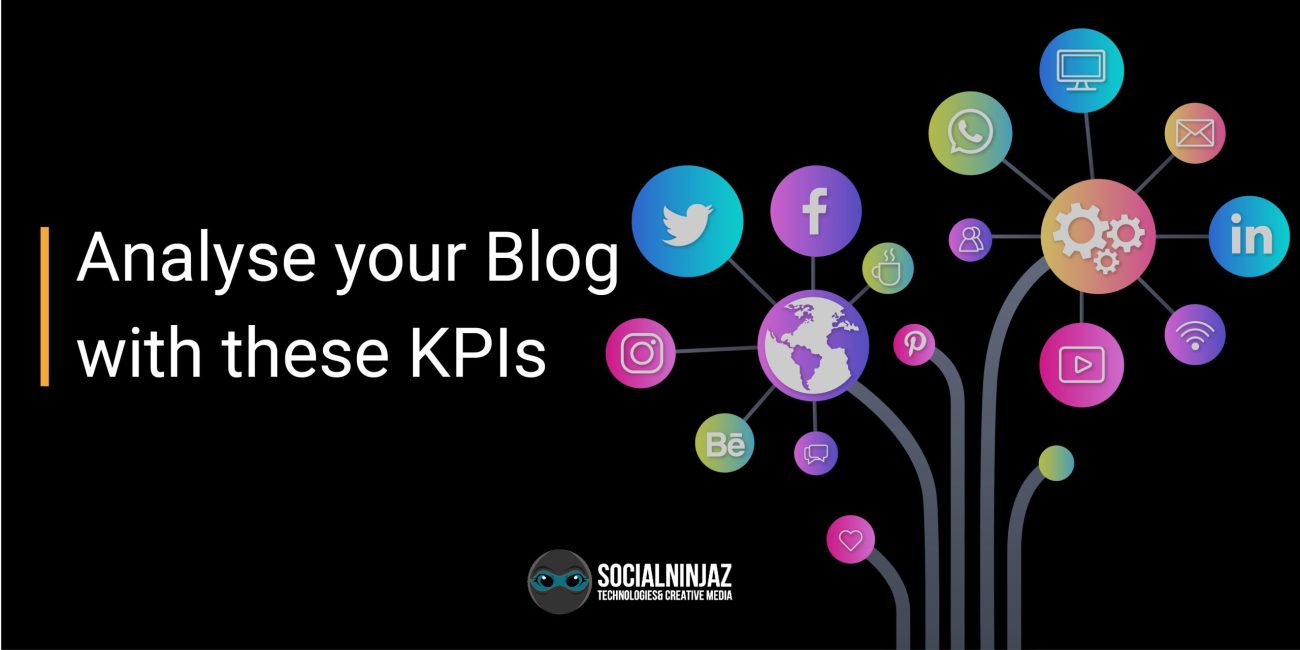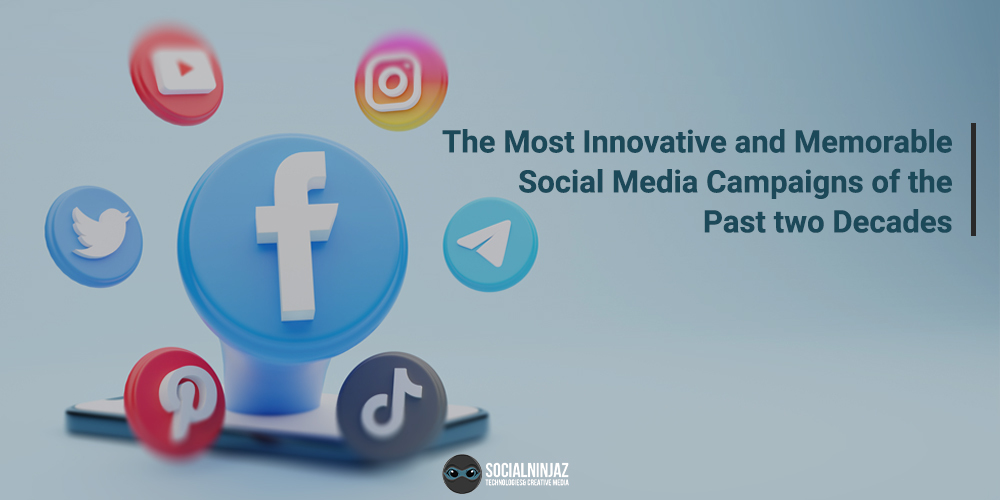Web 3.0 is the next evolution of the World Wide Web. It is a vision for a more intelligent and interconnected Web, where information is structured and easily accessible to humans and machines. It does not require ‘permission’, which implies that central authorities do not get to decide ‘who gets to access what services’, nor does it require ‘trust’, which means that an intermediary is not required for virtual transactions to happen between two or more parties. Because these organizations and intermediaries collect the majority of the data, Web 3.0 theoretically protects user privacy better.
Table of Contents
ToggleHow is Web 3.0 different from Web 2.0 and Web 1.0?
The initial version of the internet, Web 1.0 which was also called ‘Read-only Web’, was a static collection of pages that had to be accessed using a Web browser. Web 2.0, which is the most recent iteration of the Web and also known as ‘Participative Social Web’, is more interactive and dynamic, allowing users to contribute information and engage with others via social media and other online platforms. Web 3.0 goes even further! Also anticipated to be the ‘Semantic Web’, it uses artificial intelligence and machine learning to understand and interpret the meaning of the information on the Web. It’s made possible by using “metadata,” or data about data, which allows computers to understand the context and relationships between different pieces of information.
Some key components to look out for:
1. Semantic markup, is a way of annotating data with additional meaning and context. It allows computers to understand the relationships between different pieces of information and use that understanding to better process and analyze the data. For example, a semantic markup might specify that a particular text is the title of an article or that a specific image is a photograph of a particular person.
2. Linked data, which connects different pieces of information on the Web in a structured and meaningful way. It allows computers to more easily navigate and understand the relationships between different pieces of data, and to use that understanding to perform more sophisticated tasks. For example, linked data might be used to link a particular product with reviews and ratings from other users, or to connect an artist’s work with biographical information and other relevant data.
3. Internet of Things (IoT), refers to the growing network of connected devices that can communicate with each other and the internet. With Web 3.0, these devices will be able to share and exchange information in a more intelligent and meaningful way, allowing for more seamless and efficient communication between different systems and devices.
4. Web 3.0 also brings several new technologies and tools that enable more intelligent and sophisticated interactions between computers and humans. These include Natural Language Processing (NLP), which allows computers to understand and respond to human language in a more natural way, and machine learning algorithms, which allow computers to learn and adapt to new data over time.
5. One of the crucial applications of Web 3.0 is in the field of Artificial Intelligence (AI). AI systems may now accomplish complex jobs, that were previously only conceivable for humans, because of their increased ability to understand and process data in real-time. For example- language translation, image recognition, and even decision-making.
Conclusion:
Web 3.0 has the potential to revolutionize the way we interact with the internet. Currently, search engines rely on keyword matching to find relevant results, which can be limited and inaccurate. For example, with the use of semantic markup and linked data, it may be possible to create more personalised and relevant search results, or to create virtual assistants that can understand and respond to complex queries instinctively.
Overall, Web 3.0 represents a huge step forward in the evolution of the internet, and has the potential to bring about significant changes in the way we interact with and use the Web. While it is still in the early stages of development, it is clear that Web 3.0 has the potential to fundamentally change the way we interact with the internet and enable new and exciting applications that were previously unimaginable.

